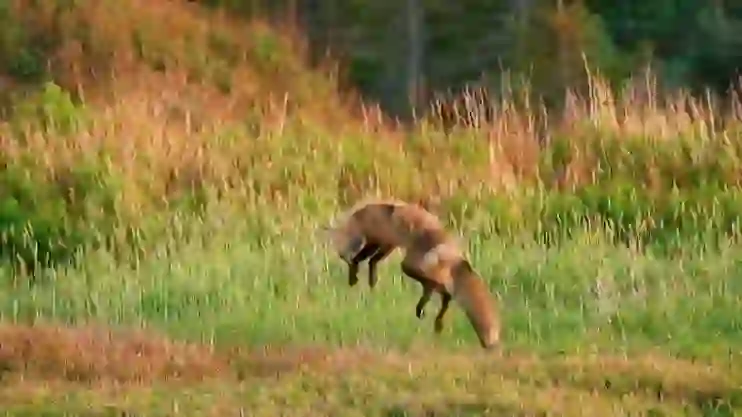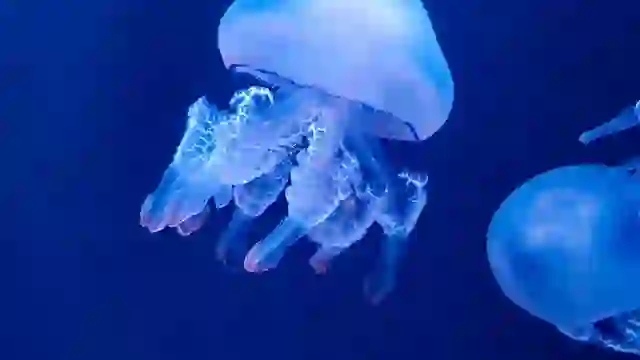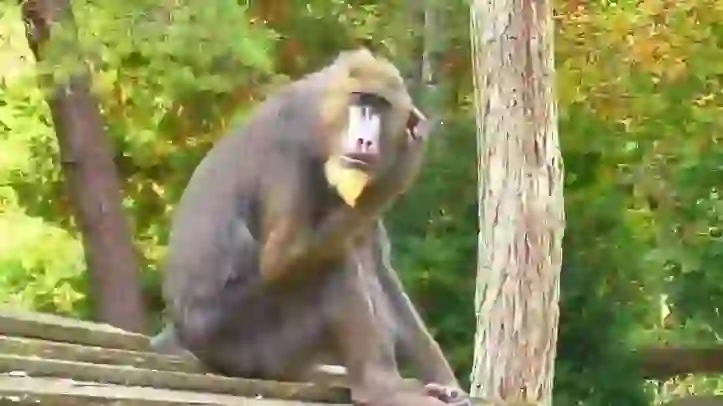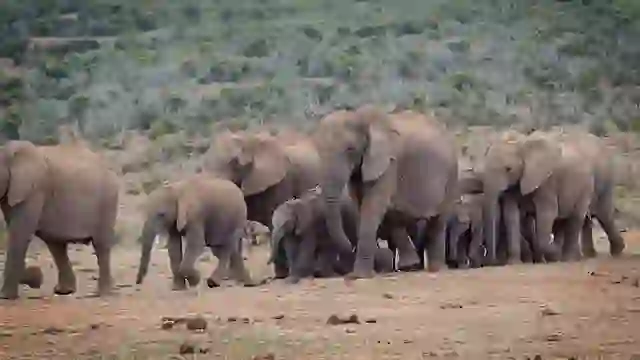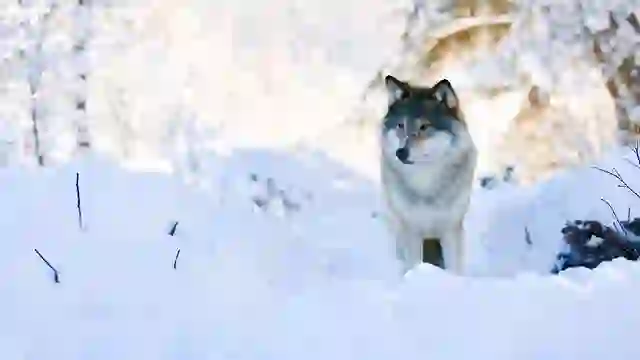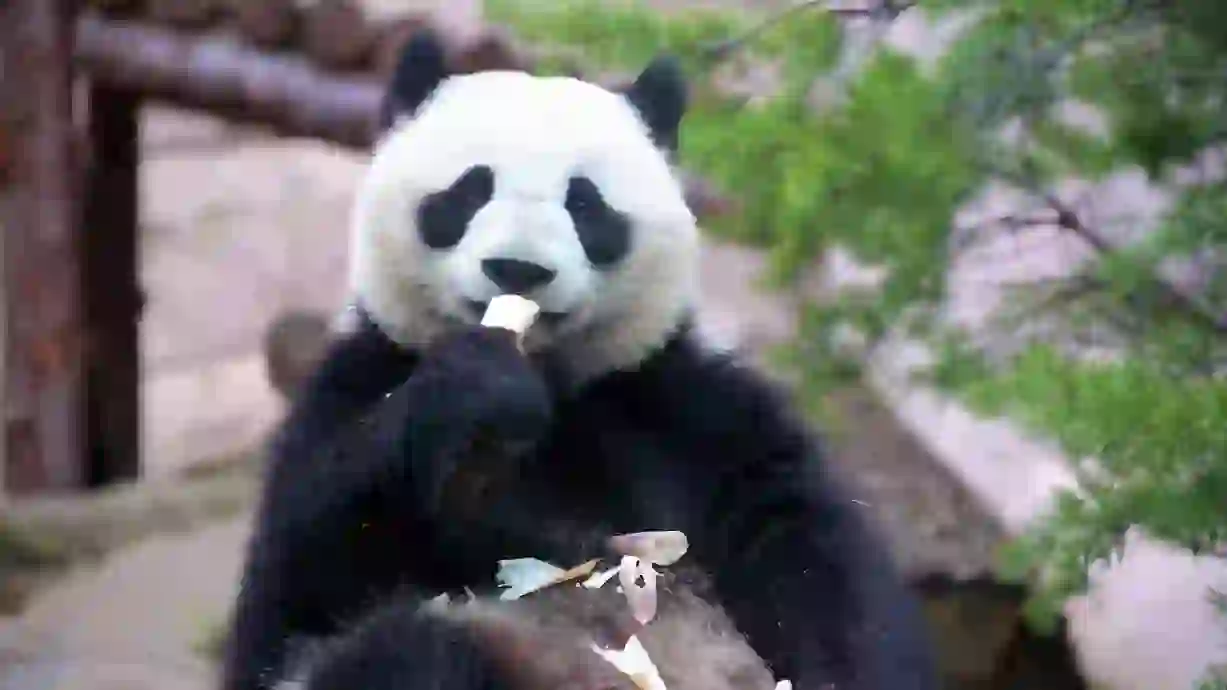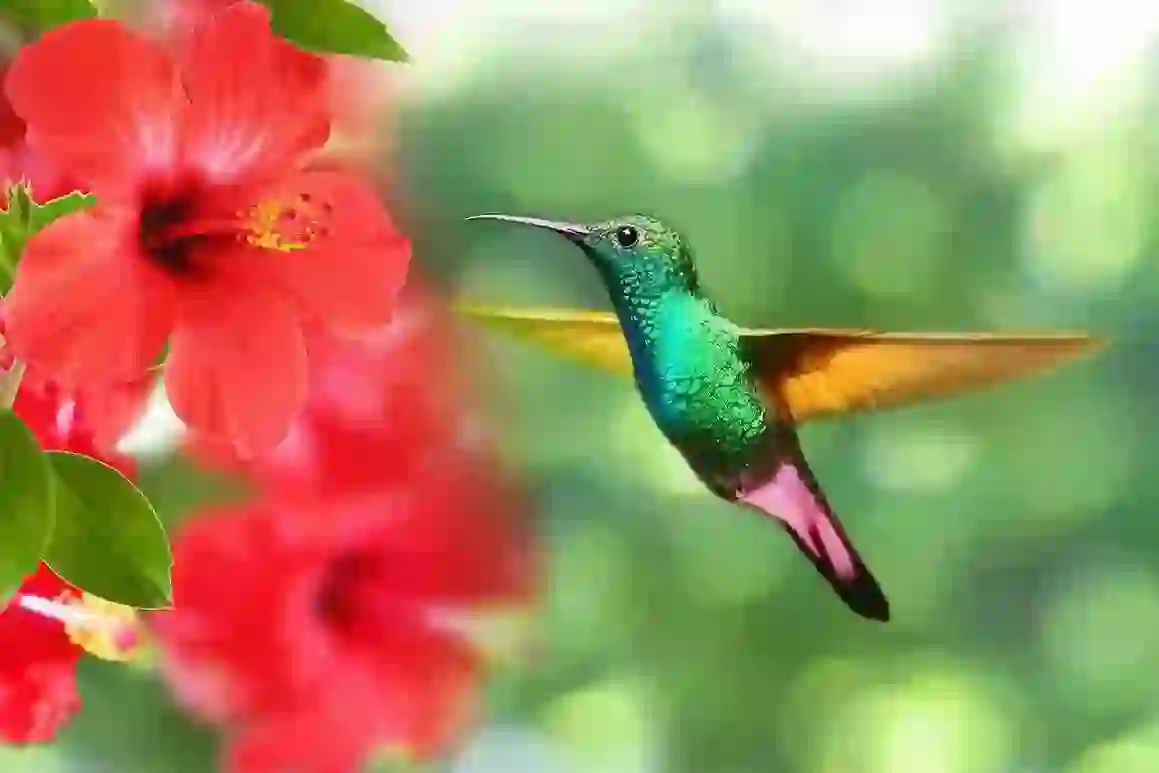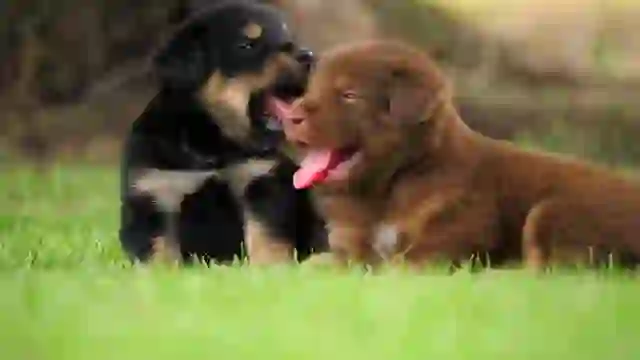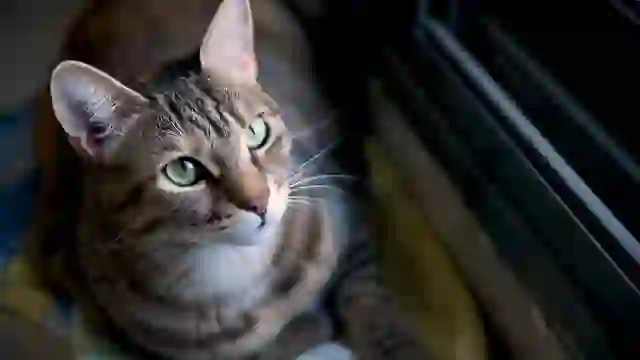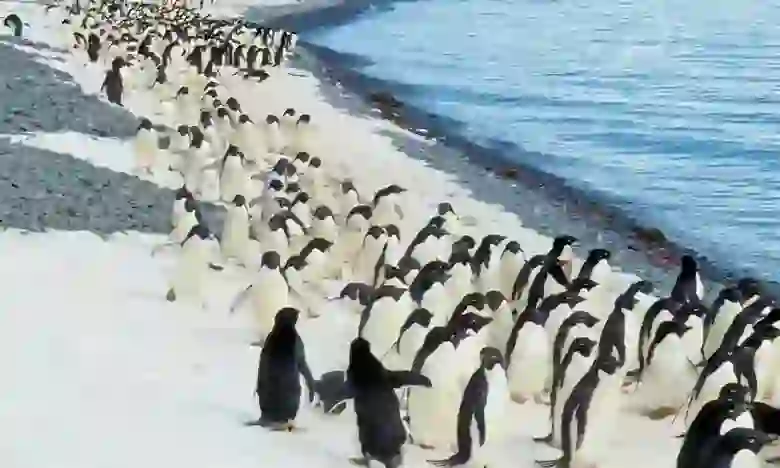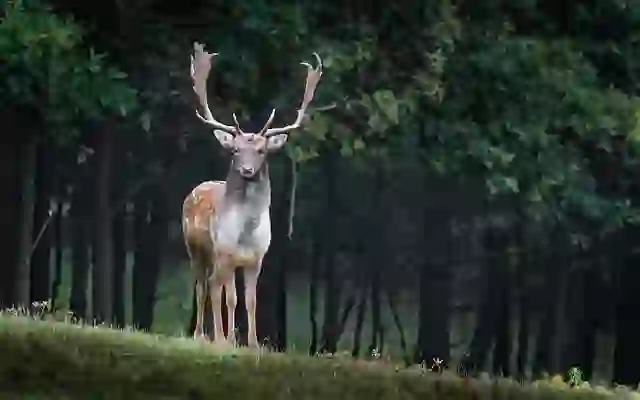
Eurasian Griffon Vulture
Eurasian Griffon Vulture
Eurasian Griffon Vulture
Soaring majestically across the skies of Eurasia, the Eurasian griffon vulture is a remarkable sight. These birds, often called 'nature's cleanup crew,' play a vital role in maintaining the balance of the ecosystem. Let's explore the fascinating world of Eurasian griffon vultures, the challenges they face, and the efforts to protect them.
Eurasian Griffon Vulture Basic Infomation
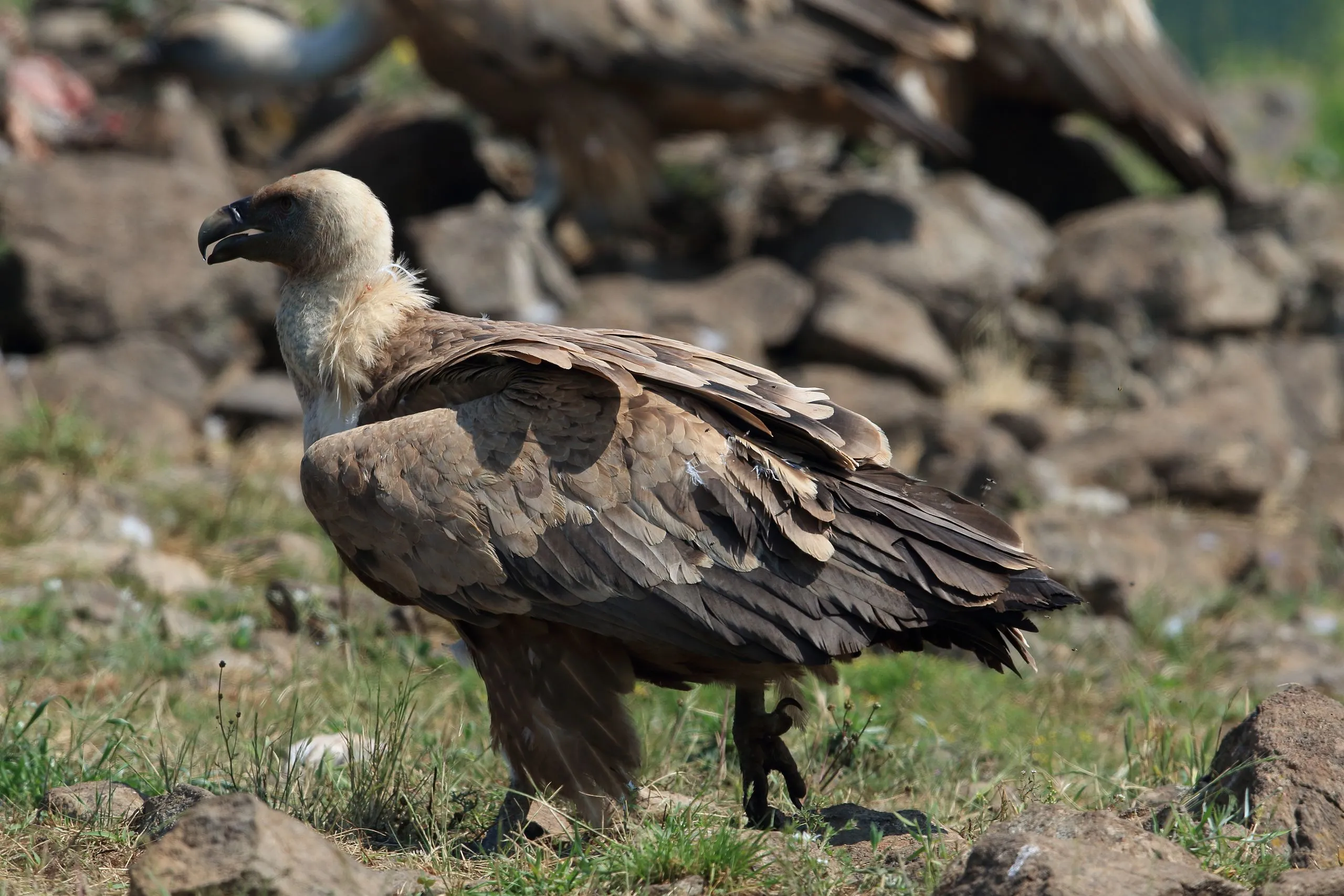
| Property | Value |
|---|---|
| Scientific Name | Gyps fulvus |
| Taxonomic Status | SPECIES |
| Rank | SPECIES |
| Vernacular Names | Eurasian Griffon, Griffon Vulture |
| Kingdom | Animalia |
| Phylum | Chordata |
| Class | Aves |
| Order | Accipitriformes |
| Family | Accipitridae |
| Genus | Gyps |
| Habitats | Cliffs, mountains, grasslands, scrublands |
| Conservation Status | Least Concern (LC) |
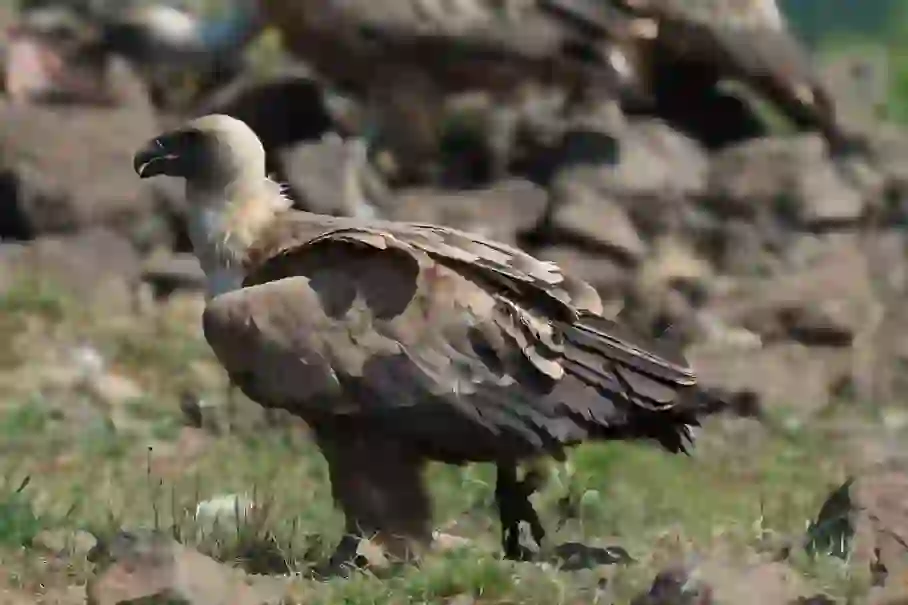
Size
They are 37 to 43 inches (93 to 110 cm) long, with a wingspan reaching an impressive 8.9 to 10.5 feet (2.3 to 2.8 meters). They weigh about 13 to 29 pounds (6 to 13 kg), with males and females being similar in size.

Lifespan
Their lifespan in the wild is estimated to be about 30 to 40 years. In captivity, some individuals have been known to live for over 40 years.

Distribution
They are widely distributed across Eurasia, including Southern Europe, North Africa, the Middle East, and Central Asia. They prefer mountainous regions and cliffs, building their nests on these rocky structures and forming large colonies. Some individuals migrate to warmer areas during the winter.
Eurasian Griffon Vulture Q&A

What kind of bird is the Eurasian griffon vulture?
The Eurasian griffon vulture is a large bird of prey belonging to the Accipitridae family. In English, they are called 'Griffon Vulture'.
'Griffon' is a legendary creature from Greek mythology with the head of an eagle and the body of a lion. The Eurasian griffon vulture was likely named for its powerful appearance. They play a vital role in nature as scavengers, feeding primarily on the carcasses of dead animals. They use their sharp beaks to tear through the skin and flesh of carcasses. They are also capable of crushing bones. While they can be solitary, they often gather in flocks of several to dozens of individuals. They build their nests on cliffs and rocky ledges. The female usually lays one egg, which takes about 55 days to hatch. Chicks fledge after about 4 months. Both parents participate in raising their young.

What do Eurasian griffon vultures eat?
Eurasian griffon vultures primarily feed on the carcasses of large mammals.
They are often seen swooping down from the sky and gathering in groups to feast on the remains of animals like cows, horses, sheep, and deer. They use their sharp beaks to tear through tough hide and bones. They also have an excellent sense of smell, which allows them to detect the scent of carrion from a distance.

[Quiz!] Why do Eurasian griffon vultures have bald heads?
Eurasian griffon vultures have almost no feathers on their heads.
This is thought to be an adaptation to prevent contamination when they feed by sticking their heads inside carcasses. It is also theorized that having a bald head helps with thermoregulation. Because they sometimes eat decaying carcasses, they are at a high risk of food poisoning. However, they have strong stomach acid, capable of killing most bacteria and viruses. They play a truly vital role as 'nature's cleanup crew.'

[Quiz!] How far can Eurasian griffon vultures fly?
Eurasian griffon vultures are known for their ability to fly long distances.
They can travel hundreds of kilometers in a single day in search of food. They are also migratory birds, with some individuals migrating south to Africa for the winter, a journey that can span thousands of kilometers!

[Quiz!] Are Eurasian griffon vultures endangered?
The Eurasian griffon vulture is listed as 'Least Concern' (LC) on the IUCN (International Union for Conservation of Nature) Red List.
This means that they are not currently endangered. However, their populations are declining in some areas, requiring attention. Their habitat in mountainous regions and grasslands is shrinking due to human development. They are also threatened by poisoning, collisions with power lines, and human disturbance. To protect Eurasian griffon vultures, it is essential to conserve their habitat, regulate the use of poisons, implement measures to prevent collisions with power lines, and educate people about their importance. We must act to ensure their survival and allow these majestic birds to continue soaring through the skies.
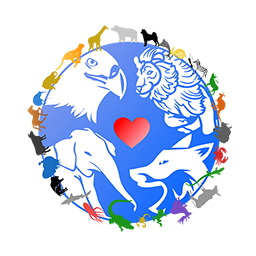
Would you like to become a part of the 'Animalbook.jp'?
Turn your knowledge into Q&A and share it with the world. ※Publication will be activated after purchase. Let's share information together!
Eurasian Griffon Vulture Type of List

Efforts to Protect Eurasian Griffon Vultures
- Establishment of protected areas
- Strengthening law enforcement against poaching
- Regulating the use of poisons
- Implementing measures to prevent collisions with power lines
- Public awareness campaigns
- Captive breeding and reintroduction programs
Information
Congratulations! You are the first commenter!

Create Your Favorite List!
Eurasian Griffon Vulture
Save the animals you love! Build your own list to quickly revisit your favorites later.

Would you like to leave a comment?
※Please note: This is for the purchase of rights to post comments within the article.
Find Your Favorites!
Our shop offers a unique and attractive selection of goods themed around various animals.
Eurasian Griffon Vulture References
Eurasian Griffon Vulture Introduction of media used

Emiliya Toncheva, CC BY-SA 4.0, via Wikimedia Commons

Help Enrich Our Animalbook.jp with Your Media!
We are constantly looking to expand and enrich our Animalbook.jp with amazing photos and videos of animals. If you have any media that you'd like to share, please contribute and help us showcase the beauty and diversity of the animal kingdom. Your submissions will be credited and featured in our encyclopedia, reaching a wide audience of animal lovers.



